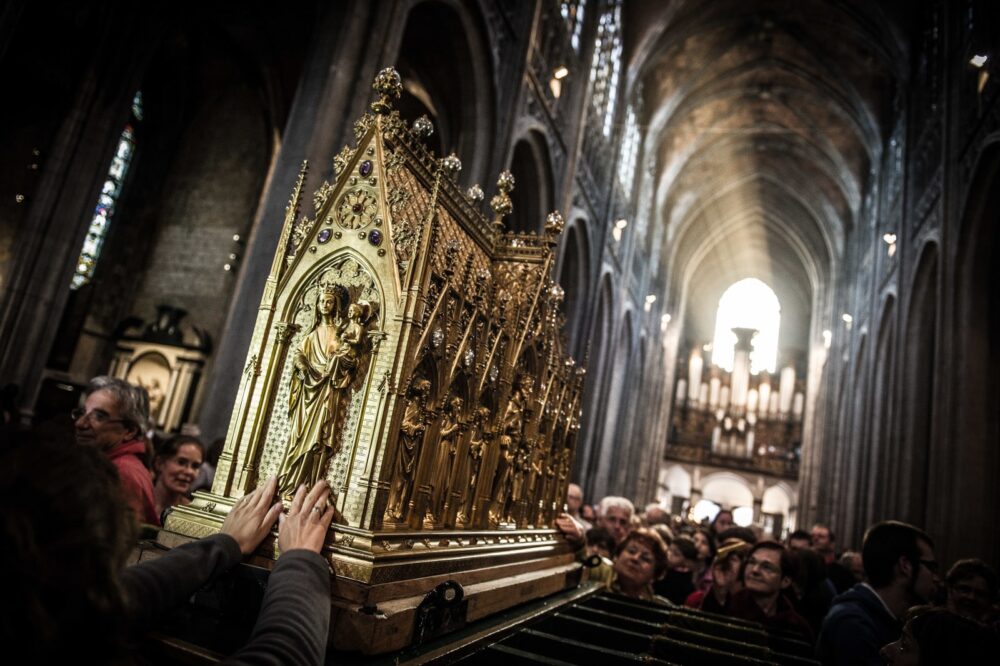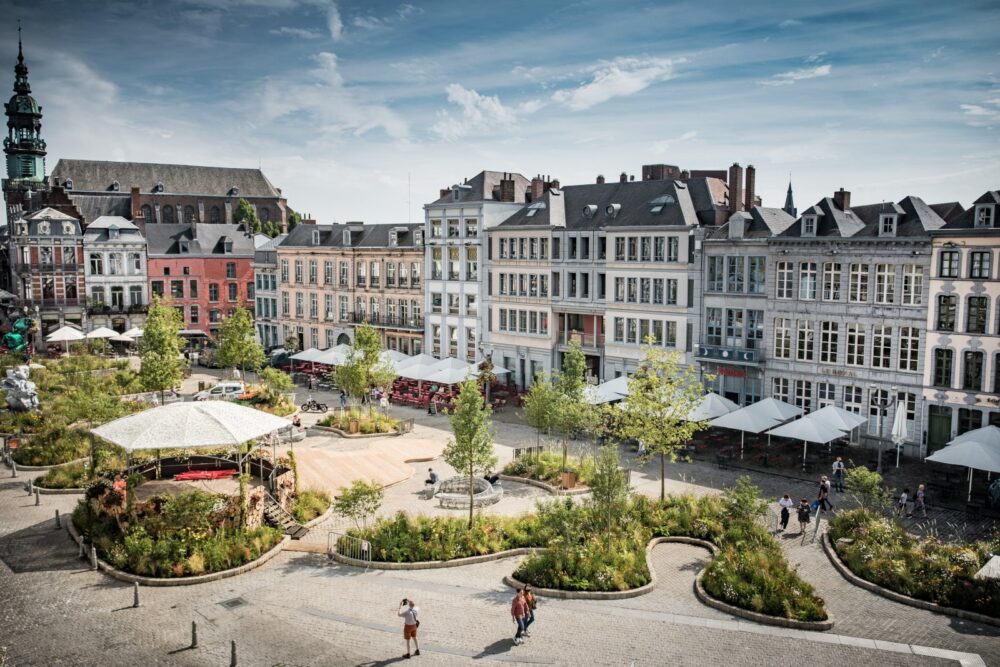Feminism and culture
Have you heard of the Mundaneum in Mons, the Google de papier (paper Google)? This is the archive center developed at the turn of the 20th century by Belgian lawyers Paul Outlet and Henri La Fontaine. The aim was to collect and store all the world’s knowledge in a ground-breaking system called Universal Decimal Classification. A milestone in the development of data collection, this was a precursor to the Internet. Its creators won a well-deserved Nobel Peace Prize for their ingenuity.

But have you heard of Henri’s sister, Léonie La Fontaine? One of Belgium’s most prominent feminists, her dedication helped improve education for women in the 19th and 20th centuries. A confirmed pacifist, she believed that peace could be achieved only through knowledge, which therefore had to be accessible to all. She took part in many of the Mundaneum’s ambitious projects.
Léonie was never just the “sister of”; she helped created the very first female political party and participated in the creation of the Ligue Belge du Droit des Femmes to fight for women’s rights. Co-funded by Marie Popelin, the first woman to graduate from law school although not allowed to practice, the association had 300 female members as well as men – including brother Henri.
An exceptional person without a doubt, Leonie’s legacy is carefully preserved at the Mundaneum, in the feminist collection of 222 archive boxes. Her private documents reflect the extent of her militancy during the origins of the feminist combat in the nineteenth century and of her pacifism in the twentieth century.
The Mundaneum had to be relocated several times before settling for good in the city of Mons. Funnily enough, the city’s back story was imbued with girl power in the 7th century by its protector, Saint-Waudru. She was a nun who founded her own convent, and Mons grew around it. Her relics were associated with many miracles: The story goes that she saved Mons from a plague in 1348. Her shrine is in the Saint Waltrude Collegiate Church. Each year, as part of the UNESCO-listed Ducasse de Mons festival – called ‘Doudou‘ – the shrine is placed on a gilded cart and drawn by horses through the city streets.

European Capital of Culture in 2015
Mons has several museums that make the most of current or artistic trends as well as science and history. Lovers of heritage and history should make for the Museum of the Doudou (a must), the Mundaneum, and la Maison Van Gogh. Art is everywhere in the form of street art trails, an arthothèque and the Fine art Museum (BAM).
As you explore the town, you’ll notice that it’s both anchored in the past and thoroughly modern. Its architectural heritage and ancient alleyways give a historic atmosphere with the Belfry, the Grand Place and the Garden of Mayeur. In the Grand Place, don’t forget to caress the head of the ‘Monkey of the Grand Garde’ with your left hand; according to the locals, this will bring you good luck.
